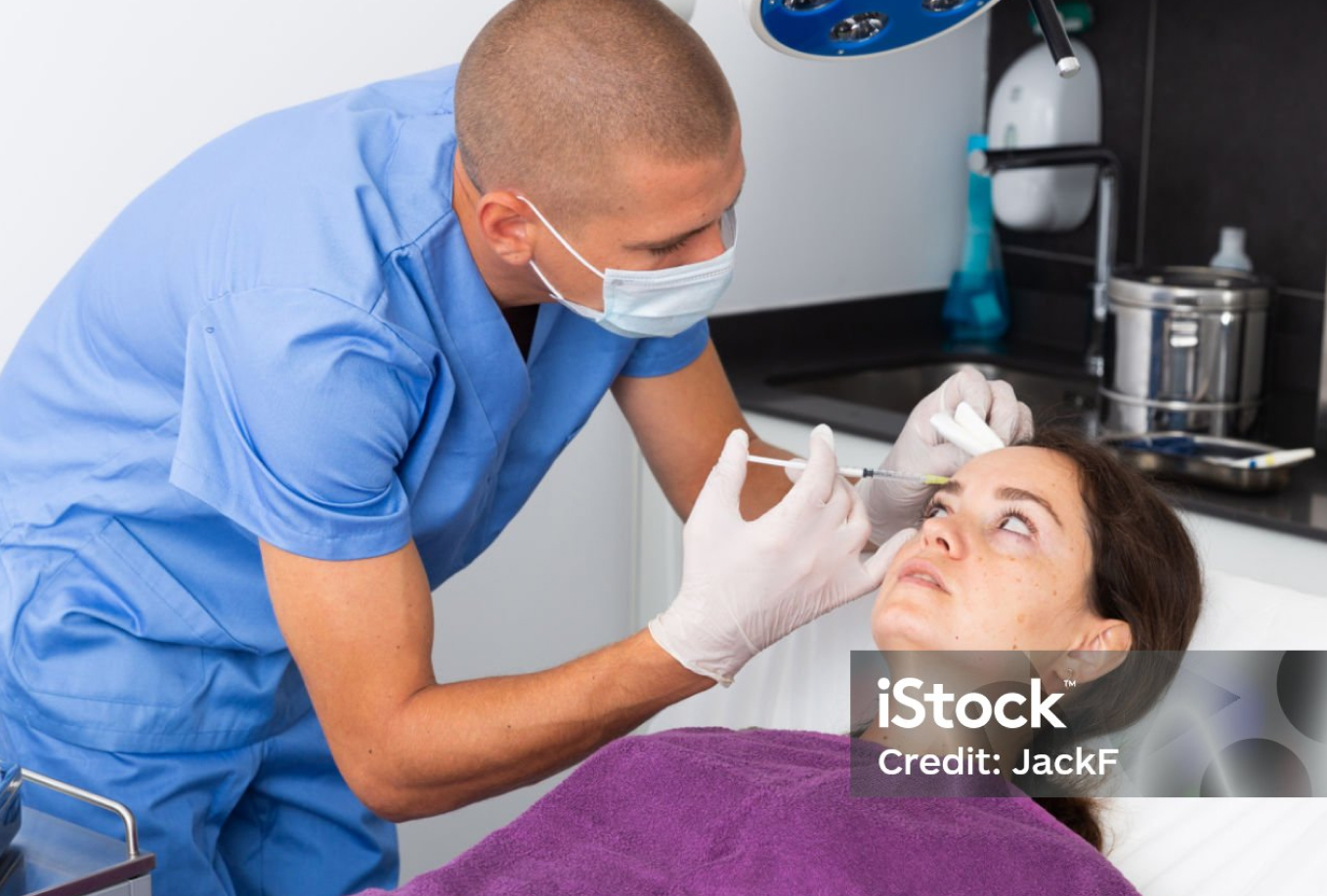1. The First Few Days Post-Surgery
The first few days after rhinoplasty are crucial for recovery. Patients often experience swelling, bruising, and some discomfort. Here’s what you can expect:
- Swelling and Bruising: It's normal to experience significant swelling and bruising around the eyes and nose. This can make you feel self-conscious, but remember that it's a natural part of the healing process.
- Pain and Discomfort: Some discomfort is to be expected, but it can be managed with prescribed pain medications. It's important to follow your surgeon's instructions regarding pain management.
- Nasal Packing and Splint: Depending on the technique used, you may have nasal packing in place for a few days to control bleeding and swelling. A splint will also be placed on the outside of your nose to protect it and maintain its new shape.
2. The Week Following Surgery
During the first week, it's essential to prioritize rest and recovery:
- Follow-Up Appointment: Your surgeon will schedule a follow-up appointment within a week to assess your healing and remove any nasal packing or stitches if applicable.
- Limit Physical Activity: Avoid strenuous activities, including exercise, for at least a week to minimize the risk of complications and ensure optimal healing.
- Cold Compresses: Using cold compresses on your face can help reduce swelling and discomfort during this initial recovery phase.
3. Weeks Two to Four: Continued Healing
As you enter the second and third weeks of recovery, you’ll notice gradual improvements:
- Decreased Swelling: While some swelling will persist, you’ll start to see noticeable changes in the appearance of your nose as swelling subsides. Most swelling will resolve within the first two to three weeks.
- Return to Normal Activities: Many patients can return to work and light activities within 7-10 days, but it's important to avoid high-impact exercises and sports for at least a month.
- Gentle Care: Continue to avoid blowing your nose or engaging in activities that could strain your nasal passages.
4. Long-Term Recovery: Months After Surgery
Full recovery from rhinoplasty takes time, and it’s essential to be patient as your nose continues to heal:
- Final Results: While initial results will be visible after a few weeks, the final shape of your nose may take several months to fully manifest. Swelling can persist for up to a year, especially in the tip of the nose.
- Ongoing Care: Following your surgeon's post-operative care instructions is critical. This includes using sunscreen to protect your skin, especially during the first year post-surgery, and avoiding any activities that could impact your nose.
- Emotional Adjustments: It’s normal to experience a range of emotions during the recovery process. Give yourself time to adjust to your new appearance and reach out for support if needed.
5. Tips for a Smooth Recovery
To help ensure a smoother recovery process, consider the following tips:
- Follow Instructions: Adhere to all post-operative care guidelines provided by your surgeon, including medication schedules and follow-up appointments.
- Stay Hydrated: Drinking plenty of water and maintaining a healthy diet can support your healing process.
- Limit Sun Exposure: Protect your healing skin from sun exposure, which can lead to pigmentation changes.
- Avoid Smoking and Alcohol: Both can interfere with the healing process and should be avoided during recovery.
Conclusion
Rhinoplasty recovery is a journey that requires patience and care. By understanding what to expect and following your surgeon's advice, you can enhance your recovery experience and enjoy the results of your procedure. At Phoenix Cosmetic Centre, I, Dr. Kena Patel, am dedicated to supporting my patients throughout their entire rhinoplasty journey, from initial consultation to recovery. If you're considering rhinoplasty or have questions about the recovery process, don’t hesitate to reach out for a consultation.
Your journey to a new, confident you starts here!


